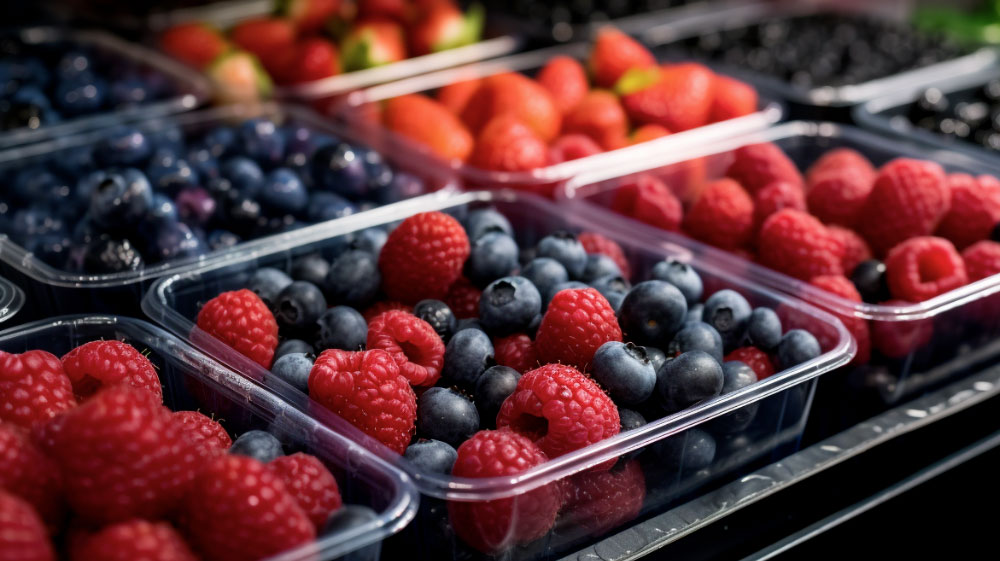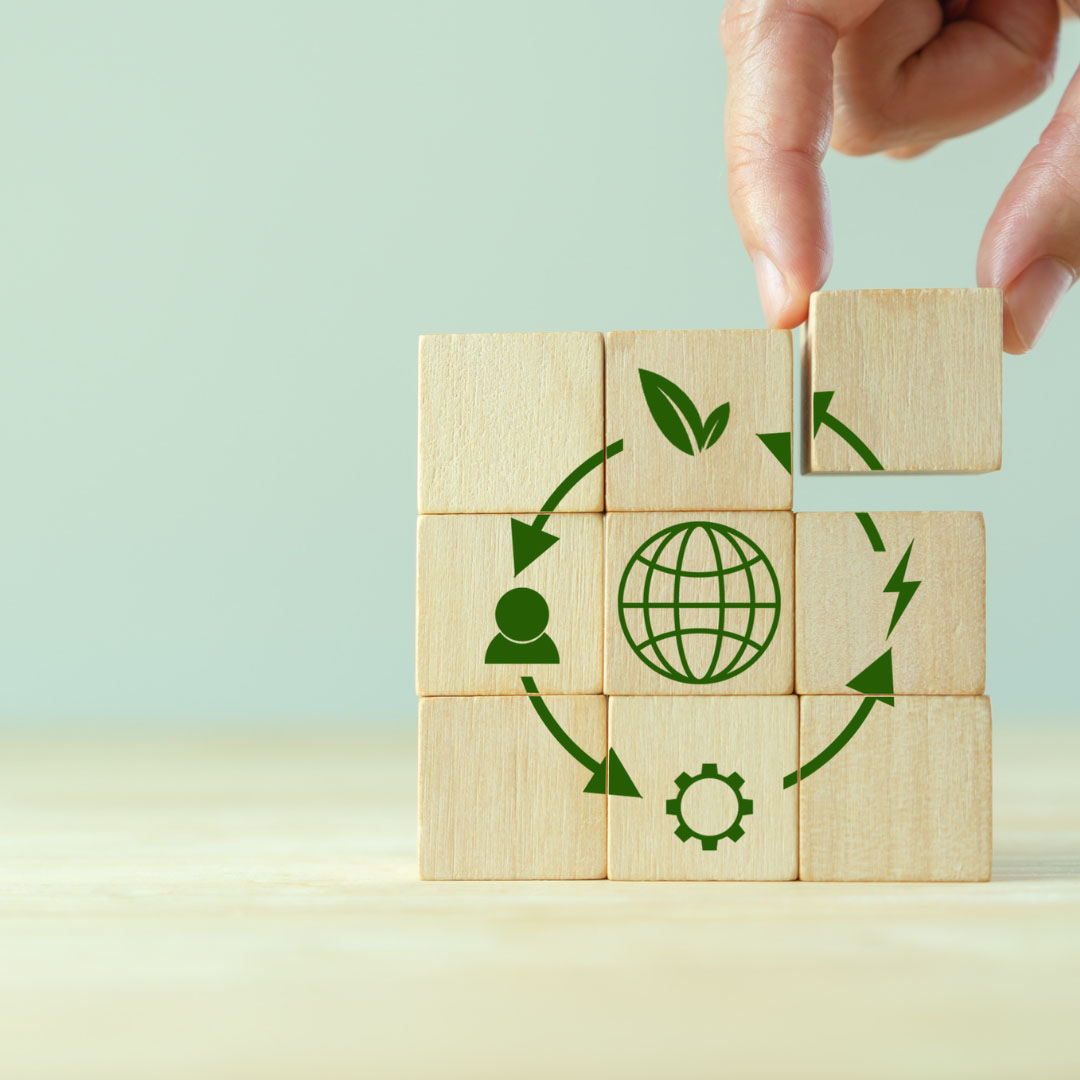
Food packaging evolution: a journey towards sustainability
Over the centuries, mankind has developed a variety of solutions to satisfy the primary need to preserve and transport food, but only recently it has realized the importance of pursuing a sustainable approach.
How did packaging evolve?
Let’s explore the stages of a fascinating journey.
In search of solutions: from prehistory to cardboard
In prehistoric times we can already find the first examples of packaging, such as pumpkins, shells, logs, and animal viscera.
The first example of food packaging in history is dated back to the time of the Ancient Greeks, who used amphorae to transport their precious olive oil.
At the end of the 17th century, the first cardboard boxes were introduced, although large-scale production was only achievable in the 19th century.
The Industrial Revolution: the advent of glass, metal, and cellophane
During the Industrial Revolution, large-scale production led to the introduction of new materials in food packaging.
The discovery of industrial glass processing enabled the production of bottles and jars, while metal replaced cardboard as a cheaper and more resistant solution.
The same years saw the introduction of cellophane, a transparent and flexible material derived from cellulose, which revolutionized the packaging of fresh food.
The age of mass consumption: the impact of plastic and aluminium
After the Second World War, the introduction of disposable materials such as plastic and aluminium foil marked a turning point in food packaging.
The mass consumer society demanded practical and convenient solutions, but serious consequences for the environment resulted from the massive use of these materials. However, this period also highlights the increasing importance of packaging as a marketing tool to promote product sales.
A change of perspective: the importance of packaging design
In recent decades, food packaging became even more important as a distinctive element of products.
The focus on design, usability, and esthetics enhances the consumer experience and promotes brand value.
At the same time, however, is becoming crucial the environmental impact of packaging and its ability to be recycled or degraded.
Towards sustainability: compostable materials and social responsibility
Today, the food packaging industry faces a major challenge: to provide solutions that are at the same time functional, aesthetically pleasing, and, most of all, sustainable. The adoption of compostable materials, such as the absorbent pads produced by Magic, is a concrete response to this challenge: they offer an environmentally friendly solution for the packaging of fresh food, guaranteeing its safety and reducing its environmental impact.
In search of a sustainable future
The evolution of food packaging leads to a reflection on the importance of adopting sustainable materials and responsible packaging practices. The food industry has a responsibility to help protect the environment by offering innovative solutions that allow food to be stored safely, while keeping a watchful eye on the future of our planet. Choosing compostable materials is a step towards a more sustainable food supply chain, combining functionality, quality and respect for the environment. Together, we can shape a future where food packaging not only protects our food, but also preserves the planet for future generations.







